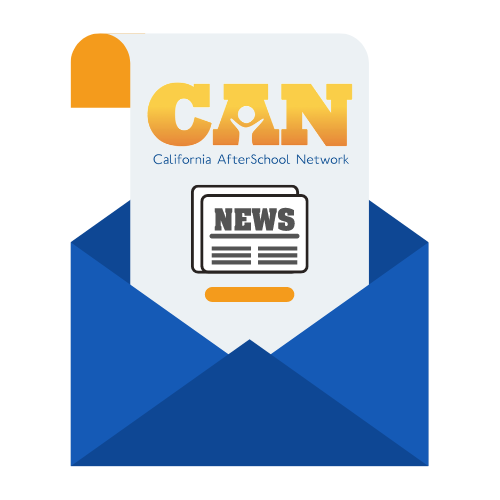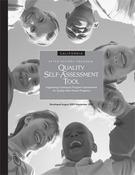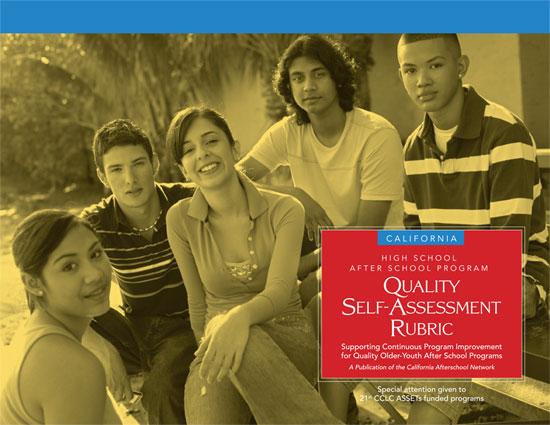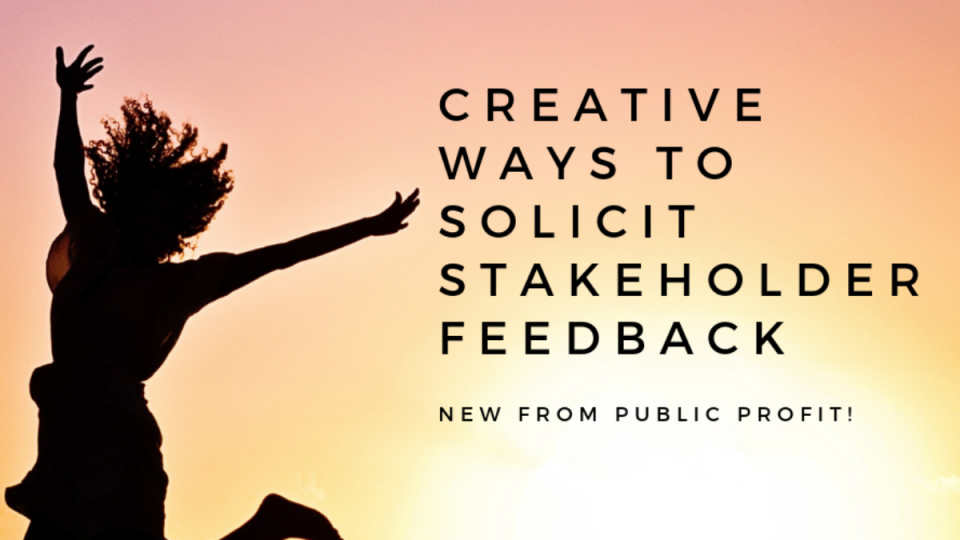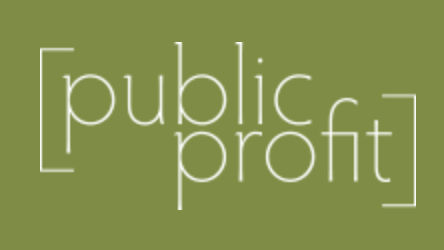The Quality Self Assessment Tool
The Quality Self Assessment Tool 2.0
The new and improved, second version of the California Afterschool Program Quality Self-Assessment Tool (QSA) and User’s Guide were revised with extensive input from the California expanded learning field and released to the field in 2009. The tool focused on big picture program design elements, as well as important consideration at the point of service and was conceived to be used as a tool to self-assess their program and plans for program improvement.
California After School Program Quality Self-Assessment Tool
Released in 2009
This version of the California Afterschool Program Quality Self-Assessment Tool (QSA) and User’s Guide was released in 2009. Programs can use this tool to self-assess their program and make plans for program improvement. The tool focuses on big-picture program design elements and important considerations at the point of service.
Please note that an updated version called the Quality Assessment Tool (QAT) will be released soon. See the post below for details.
High School After School Program Quality Self-Assessment Rubric (QSAR)
The QSAR Tool provides after school programs serving older youth with a clear and concise way to start important conversations about program quality. The QSAR Tool facilitates program quality improvement and support through a self-directed process, rather than through external monitoring. The QSAR Tool is meant to support a reflective process in which program staff and stakeholders explore their own programs and work collaboratively to develop strategies to enhance policies, procedures and practices.
New Resource! Quick-Start Guides to Collect Feedback Creatively
Want to solicit feedback from your participants and stakeholders, but not sure where to start? Check out one Public Profit’s new quick start guides, companions to Creative Ways to Solicit Stakeholder Feedback.
Creative Ways Quick-Start Guides
Want to solicit feedback from your participants and stakeholders, but not sure where to start? Check out Public Profit’s new quick start guides, companions to Creative Ways to Solicit Stakeholder Feedback.

